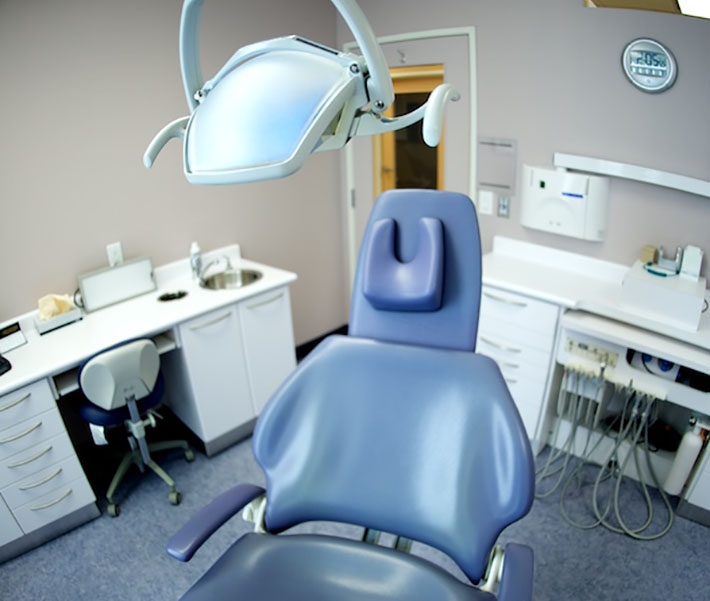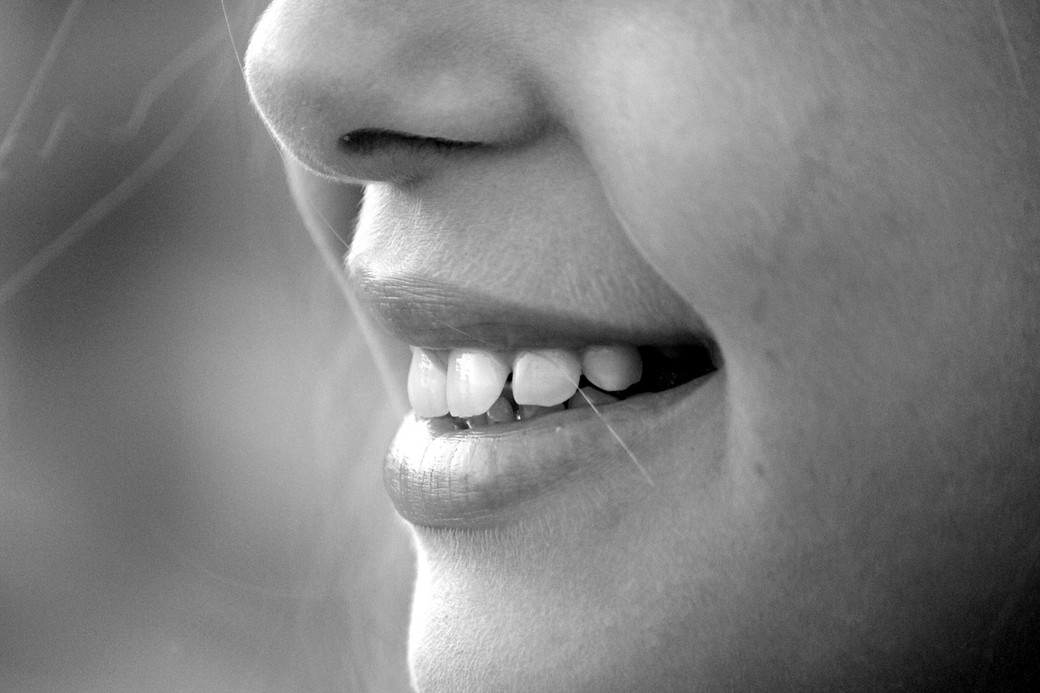
Three Tips for National Dental Hygiene Month?
Halloween is the Perfect Time to Take Measures for Lasting Fresh Breath and Oral Health
Halloween kicks off a series of holidays celebrated with delicious treats, from yummy chocolate candies to gut-busting dinners to seasonal alcoholic beverages.
While most parents will make sure their kids brush after eating their treats, National Dental Hygiene Month in October encourages a fuller approach to oral health.
“Teeth and gums are obviously key components of oral health care, but they’re just part of the whole environment inside one’s mouth,” says Dr. Bob Kross, a biochemist who has been researching and developing oral health-care products since the 1980’s.
His patented Breath Appeal oral rinse destroys both the putrefying anaerobic bacteria that degrade food particles and body cells to form sulfurous bad breath malodorants, as well as many of the bacteria associated with gum disease.
“The nooks and crannies in our mouths and gums are not the only places crammed with organic debris, which feed the bacteria that create biofilm, such as plaque, to protect themselves from oxygen,” Kross says. “There are also cracks on the tongue’s surface and in the other soft tissues in the mouth and pharynx where bacteria collect, further compromising dental health and creating bad breath.”
Normal oral bacteria are fine—actually even necessary—when present in proper balance with each other, but it’s a problem when putrefying and pathogenic bacteria start to take over, he says.
“The sticky candies and treats children and adults consume during this time of year can disrupt the normal balance of bacteria if good dental hygiene isn’t practiced,” says Kross, who describes how bad breath is created and how we can prevent it.
• If you develop bad breath don’t simply try to mask it with mints. Anaerobic bacteria can also lead to painful and potentially serious conditions such as gingivitis and periodontitis, so it’s best to attack the problem at the root. Maintaining the proper balance or oral bacteria will not only keep your breath fresh, it will help you maintain good oral health.
• Add tongue scraping and an oxidizing daily rinse to your oral hygiene. Brushing and flossing reach about 25 per cent of your mouth, and that’s why you should add tongue scraping and rinsing to your daily routine. That white stuff you might see on your tongue is a collection of food particles and other organic matter, which can putrefy and create oral malodorants. Oxygen inhibits the growth of the responsible anaerobic bacteria, so scraping off the film and using an oxidizing mouthwash will counter that problem.
• Control bad breath by controlling the mouth’s bacteria. Brush at least twice a day, floss, scrape the tongue and use a non-alcoholic rinse that has oxidizing properties. Individuals suffering from bad breath will experience optimum relief only by using alcohol-free, oxidizing oral hygiene products.
“At least 90 per cent of bad breath problems are associated with the sulfurous compounds generated by the putrefying, malodor-forming, anaerobic bacteria, which hide in oral crevices, and which degrade food particles and salivary cell fragments,” Kross says. “For a cleaner mouth and fresher breath, you’ll need oxidants to destroy a major portion of the bacteria in these low-oxygen environments, thereby removing the root cause of persistent halitosis.
By Dr. Bob Kross
Dr. Bob Kross is a biochemist associated with All USA Direct, producer of Breath Appeal products. Many of Kross’ 40 U.S. patents reflect his interest in biomedical areas, including oral antimicrobials and associated conditions and diseases.








